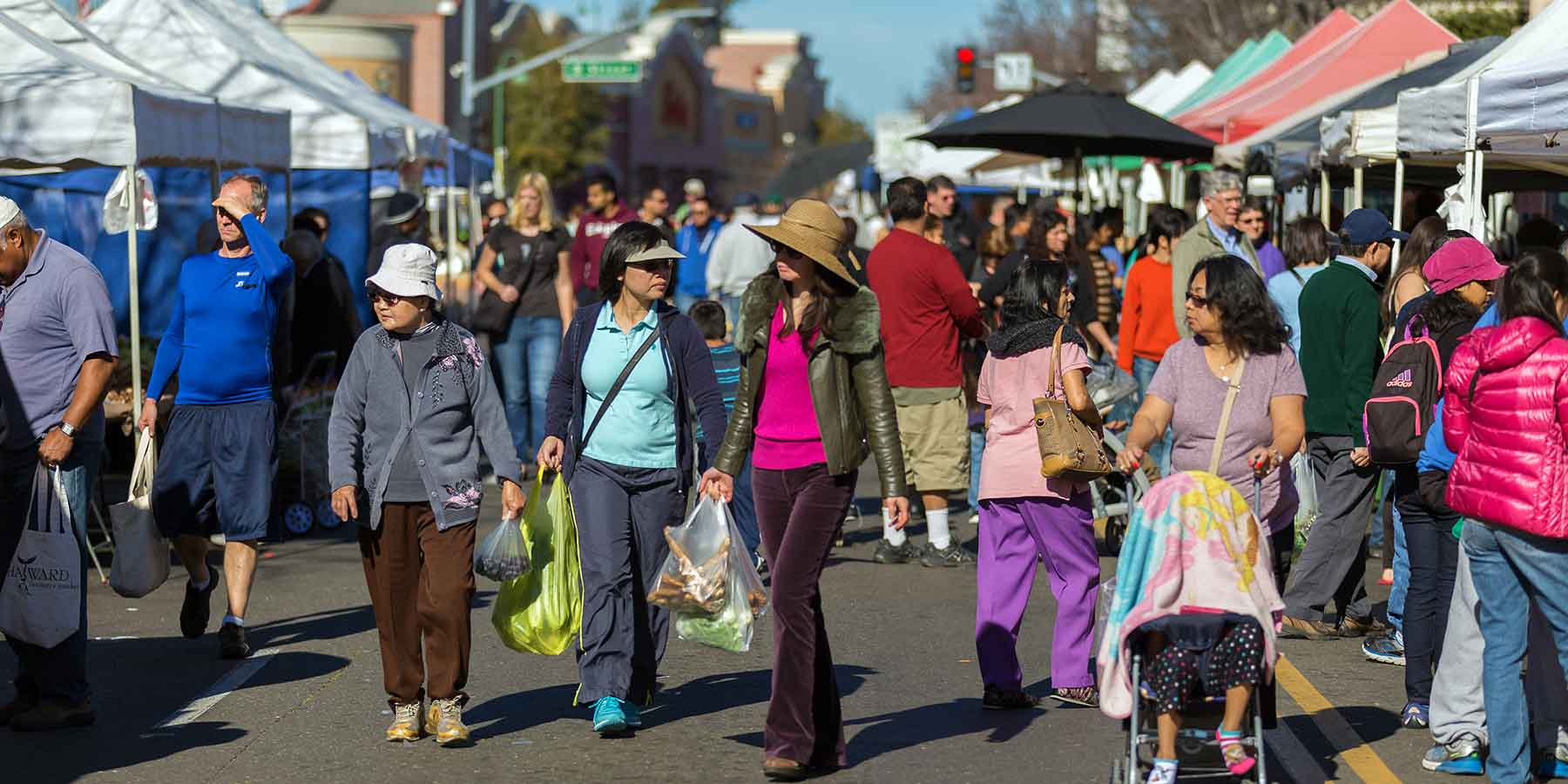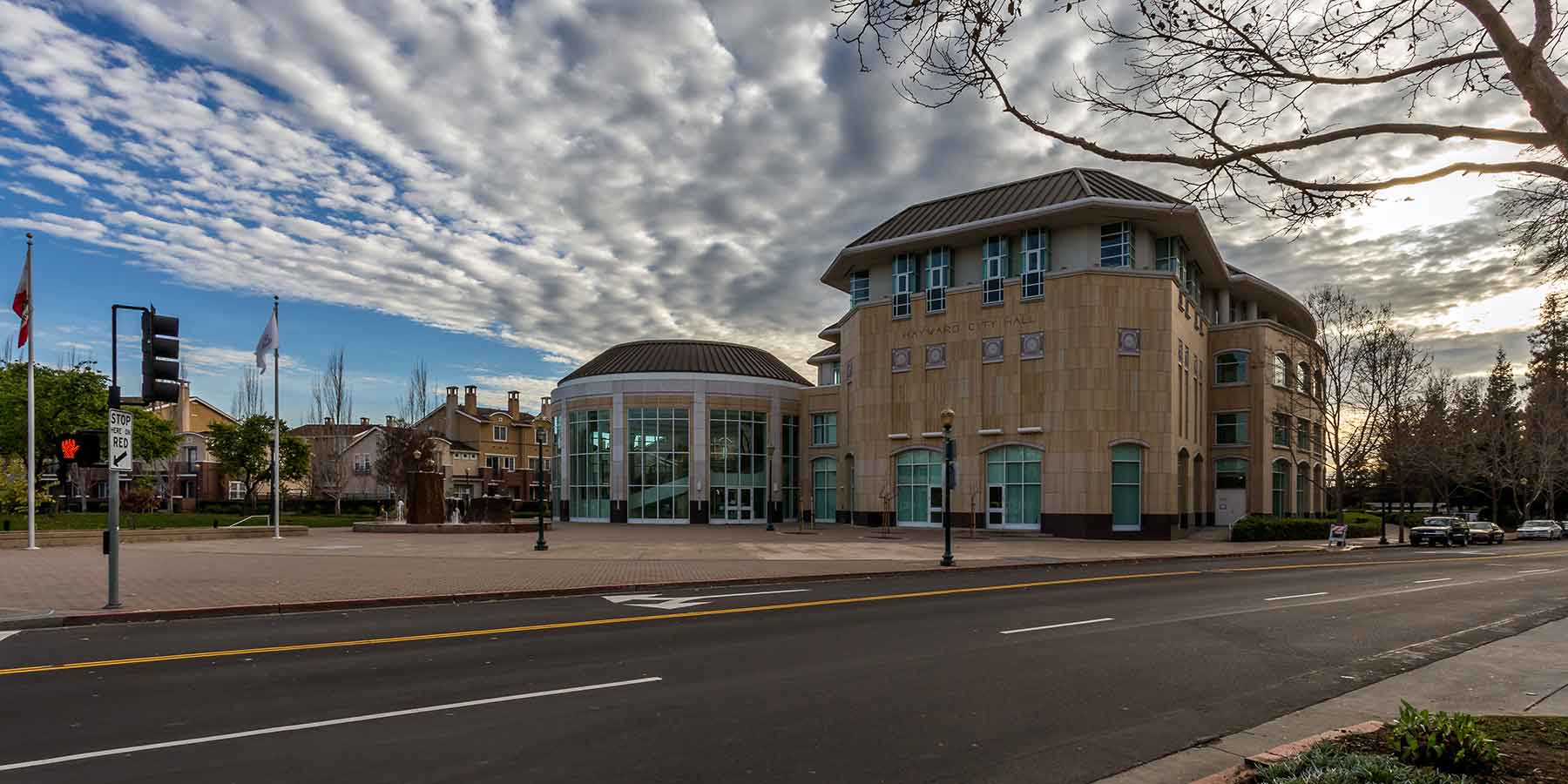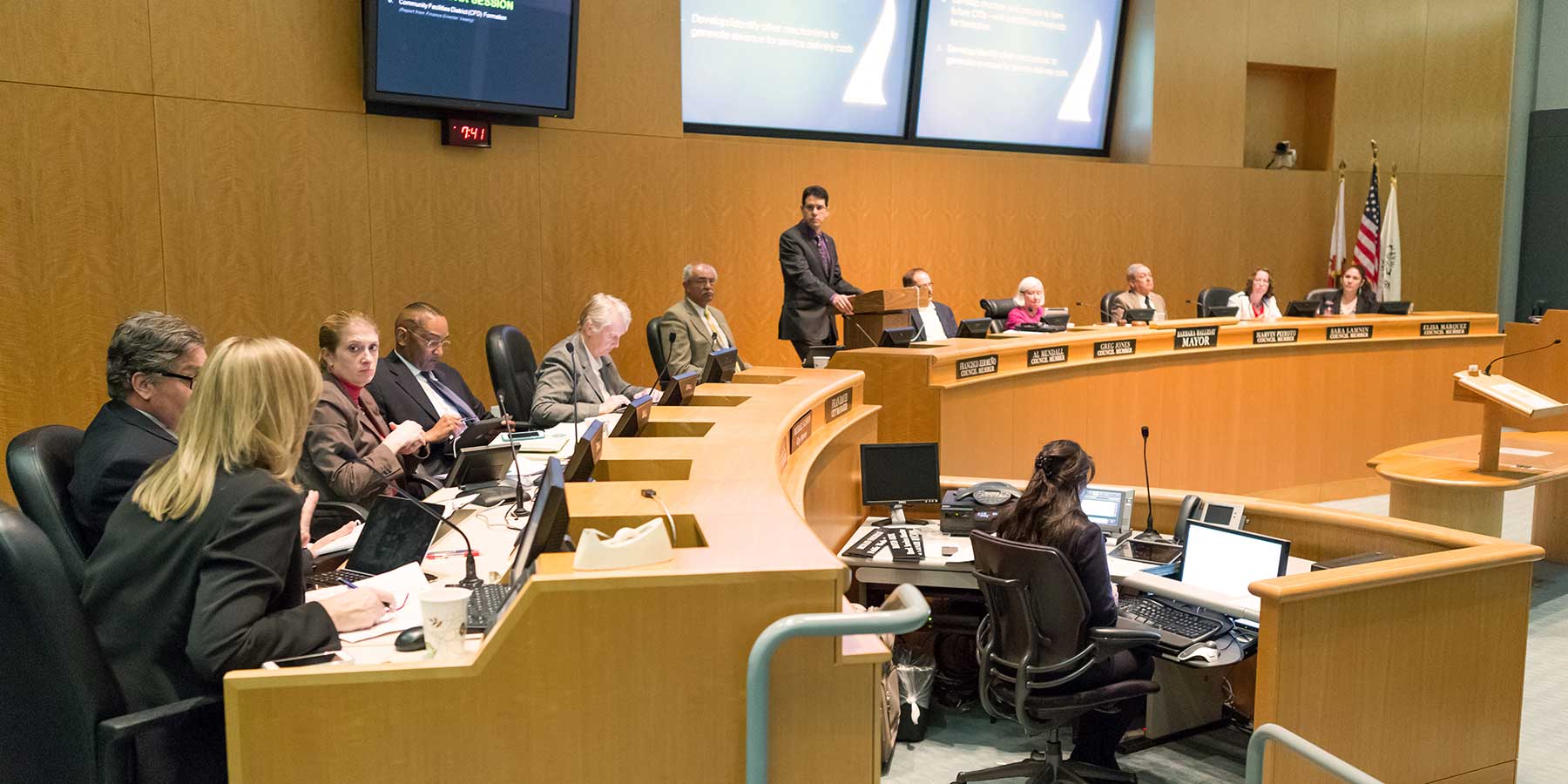Fair Housing
6.1 Introduction
The following section provides a summary of contributing factors that serve as barriers to opportunity and fair housing choice in Hayward. The full Fair Housing Assessment (Affirmatively Furthering Fair Housing (AFFH) discussion is in Appendix F. The section also provides an overview of programs and policies aimed at addressing barriers, thereby, increasing equitable access and opportunity to safe and affordable housing regardless of race.
6.2 Contributing Factors
Pursuant to AB 686, the Housing Element must include an analysis and determination of consistency with AFFH requirements. AFFH is defined as:
“Taking meaningful actions, in addition to combating discrimination, that overcome patterns of segregation and foster inclusive communities free from barriers that restrict access to opportunity based on protected characteristics. These actions must, taken together, address significant disparities in housing needs and in access to opportunity, replace segregated living patterns with truly integrated and balanced living patterns, transform racially and ethnically concentrated areas of poverty into areas of opportunity, and foster and maintain compliance with civil rights and fair housing laws.”
Past and present exclusionary governmental policies and discriminatory practices in the housing market including but not limited to redlining, racial steerage and discrimination in federal policies related to government backed mortgages and private lending has resulted in neighborhoods with concentrated poverty, deteriorating housing stock and infrastructure, limited access to opportunity, unsafe environmental conditions, underfunded schools, a wealth gap between white households and households of color, among other disproportionate housing problems. In an effort to affirmatively further fair housing throughout Hayward, this AFFH document identifies the contributing factors that serve as barriers to fair housing choice and access to opportunities, and prioritizes actionable programs to increase fair housing choice and promote equitable access to opportunity.
City of Hayward Demographics By The Numbers
Race and Ethnicity and Access to Resources
Historic exclusionary governmental policies, discrimination in mortgage lending practices and long-term disinvestment in communities have created patterns of racial and ethnic segregation and facilitated racial and ethnic concentrations of poverty across neighborhoods. Examining ethnic and racial geographic trends within a city is necessary in understanding fair housing concerns, including access to economic opportunity and safe and affordable housing. Race and ethnic composition varies across Hayward. Geographically, non-Hispanic white and, to a lesser degree, Asian populations were concentrated in Hayward’s eastern neighborhoods. In contrast, neighborhoods along the western end of Hayward had predominately Asian residents, and neighborhoods throughout the city-center were predominately Hispanic/Latino. Similar to race and ethnic composition, access to resources also varies across the City. Approximately 90 percent Hispanic/Latino, 85 percent of Asian American/API, 82 percent of Black/African American and 79 percent of non-Hispanic White residents in Hayward are living in areas of low resource or high segregation and poverty. In comparison, 10 percent of Hispanic/Latino, 14 percent of Asian/API, 17 percent of Black/African American and 20 percent of non-Hispanic white residents are living in moderate resource areas throughout Hayward. Of the 50 census tracts in Hayward, a total of 32 are considered Low Resource, 14 are considered Moderate Resource, and 4 are considered High Resource. In Comparison, 35 percent of census tracts in Alameda County are considered Low Resource, 25 percent of the census tracts are considered Moderate Resource, and 40 percent of census tracts are considered High Resource.
Income
Between 2015 and 2019, Hayward had a median household income of $85,744, approximately 13 percent lower compared to the County. Within Hayward, household distribution is highest (greater than $125,000) in neighborhoods located along the eastern and western edges of the city. Neighborhoods with the lowest median household incomes (between $55,000 and $125,000) in Hayward are concentrated throughout central and south Hayward. In comparison, neighborhoods located within the western and eastern segments of Hayward had the lowest rate of low to moderate income populations in the city. Similar trends were prevalent for poverty rates across Hayward, as higher rates of poverty were estimated within central and south Hayward compared to neighborhoods in the periphery.
Housing Stock
According to 2014-2018 Comprehensive Housing Affordability Strategy data, approximately 48 percent of total households in Hayward experienced at least one housing problem (units having incomplete kitchen facilities, incomplete plumbing facilities, more than one person per room, and households with a cost burden greater than 30 percent). Housing problems in Hayward disproportionately affect households of color, as Hispanic/Latino (63 percent), Native American (62 percent), African American (59 percent), and Asian/Pacific Islander (52 percent) experience the highest rates of housing problems in the City. Geographically, the oldest share of housing built (built in year 1950 or earlier) is most prominent in central Hayward, indicating that housing in these areas may be in the most need or repairs and/or rehabilitation.
6.3 Fair Housing Goals & Priorities
Fair housing issues and contributing factors were identified to develop meaningful actions that provide access to safe, affordable, and vibrant housing for Hayward residents and are further discussed in Appendix F, Fair Housing Assessment. Actions to address fair housing issues are included in the housing programs located in Chapter 7, Housing Plan. They include educational outreach programs that ensure residents are aware of their rights and responsibilities regarding fair housing and furthermore investing in programs that eliminate housing discrimination. Other actions by the City include the establishment of programs that protect its residents from displacement in areas of new development, and providing rental assistance for lower-income households who are overpaying for housing. These metrics and milestones will promote inclusive communities, increase housing opportunities, and address racial/ethnic and economic disparities in the city.









